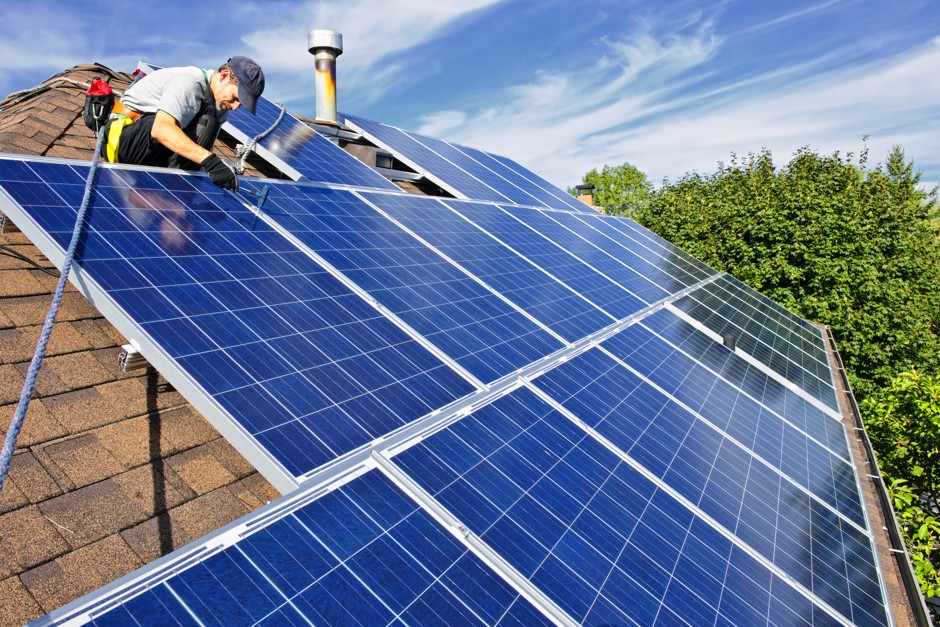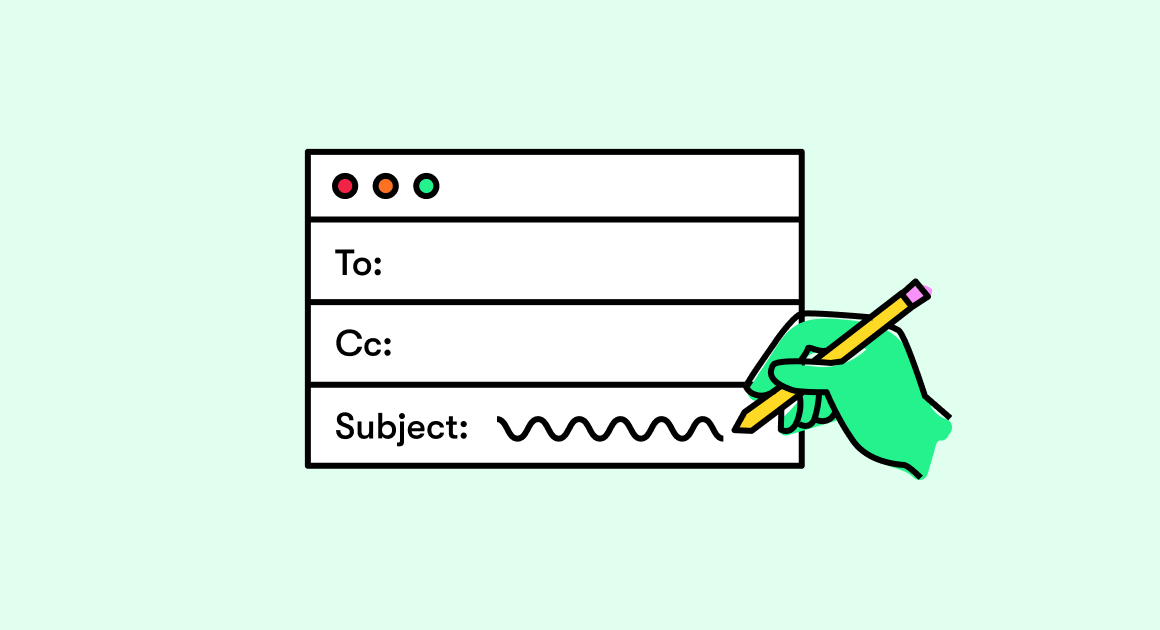“Opinion is the medium between knowledge and ignorance”
↝↝ Plato
Different people have different opinions about installing solar panels and the future of the solar industry. Although all opinions matter, it’s only the right one that’ll take you forward. And, we’ve made this guide to give you that slight nudge that’ll take you in the right direction.
When one talks about harnessing Sun’s energy to generate electricity, most people usually have two opinions:
- Solar power might not be sufficient to power up their homes
- They can install solar panels on their own
Sadly, both these opinions are wrong. Sunlight, in reality, is enough to keep your house all powered up, and you should not install solar panels on your own.
This brings us to the most significant question: Why can’t you install solar panels on your own?
Here’s the thing: there’s a difference between can’t and shouldn’t. Although you can install solar panels on your own since it’s not illegal, you shouldn’t.
A solar panel has to be mounted at a certain angle and be installed according to the Sun’s orientation towards the South. That’s the only way that the panels will be able to generate power according to their efficiency.
If the angle and the orientation are wrong, a solar system will not generate as much power as it can.
That being said, we’ll now walk you through ways in which solar panels are installed in the right direction.
Installing solar panels in the right direction: 3 things to know!
Solar panel installation isn’t complicated, that is, when done by professionals. When you install solar panels at home, there are many things that should be taken care of. The upcoming sections will enlighten you about all such things.
#1. Direction and Angle are the essences of solar panel installation
When we are talking about solar panel installation, you should know that the two things that matter the most are the direction and the angle.
The ideal direction to install solar panels is South. When solar panels are facing their true South, they work at their maximum efficiency.
Combined with the right tilt angle, the true south-facing panels will receive maximum sunlight.
#2. Understanding the connection between direction and tilt angle
The thumb rule that’s used as common knowledge to educate people is that the South direction receives the maximum Sunlight. So, the panels should face South and the right angle is:
- About 10 degrees if you live in South India
- More than 20 degrees if you live in North India
But no one tells you what’s the connection between direction and angle – we will!
When we talk about direction, we’re referring to the orientation of the panels towards the South direction since the Sun in India (Asia for that matter) throws maximum irradiance in the South direction.
When we talk about the right angle, what we mean is that the solar panels should be mounted in such a way that they are at a 90 degrees angle with the Sun i.e. perpendicular to the Sun.
Since the Sun moves, it’s not possible that it will be perpendicular to the panels at all times during the day. Hence, comes the concept of utilizing the sun’s energy during peak hours.
Although a lot of solar energy can be harnessed between 9 AM to 4 PM, it’s between 11 AM to 2 PM that the sun is at its maximum power.
The angle of the solar panels should be such that they stay perpendicular to the Sun during peak hours. Yes, again, the angle won’t be perfectly perpendicular throughout the peak hours, but the closer it will be, the more rays will fall directly on top of the panels.
This is why most of the solar electricity for the entire day (and night) is generated during peak hours. And it’s enough to run all your appliances.
Here are some fascinating numbers:
- The farthest southern town in India is Kanyakumari. The ideal tilt angle for this town is between 8 degrees to 11 degrees.
- The farthest northern corner in India is J and K. The ideal tilt angle for these union territories is 30 to 35 degrees.
#3. The rooftop solar panels should be mounted according to Summers
What we mean is that there’s naturally more sunlight during summers. Besides, more power is required during the summer season.
Most solar panels in India for residential installation are fixed: the angle and orientation cannot be changed after installation. Hence, you should install solar panels in such a way that they will be perpendicular to the sun during peak hours in the summer season.
During the winter season, the efficiency of solar panels naturally reduces. But, so does the power requirement: you won’t need fans, coolers, and AC. Hence, electricity consumption will also be low.
Miscellaneous focus points:
- There will be energy loss if the solar panels will not face South. That’s because they won’t be producing the amount of electricity they can.
- If there are rooftop limitations (there’s less space or maximum area on the roof is shadowed), only experts can install solar panels in such a way that you still get the maximum output possible.
Here’s how experts install solar panels:
- They find the true South.
- They locate a shadow-free spot on the roof.
- They calculate the right tilt angle.
- The right size of the solar system is selected.
- Mounting structures are chosen according to the type of roof you have.
- All solar components are assembled.
- Earthing is done after installation.
- The regular meter is replaced with a bi-directional meter.
We’re sure you’ve taken the cue here: You should not install solar panels on your own since it requires experience, the right tools, the right skills, and a lot of knowledge to execute the installation.
Conclusion:
“The best way to predict the future is to invent it – Alan Kay”
Solar energy is the future face of the world. It’s probably the only way forward. Fossil fuels will cease to exist one day. Either way, technology will have to count on renewable energy sources to feed the world with power.
When the world is going solar, so should you. Not only does it save money by reducing the electricity bills, but it also reduces carbon emissions too.
Did you know you could get a grant to cover the cost of installing solar panels on your roof? Warma UK are a registered grant provider and can help you obtain solar panel grants for your home. Contact them today and find out how they can assist in getting you a range of renewable energy grants.



